The 160th SOAR “Night Stalkers”
October 27th, 2025
9 minute read
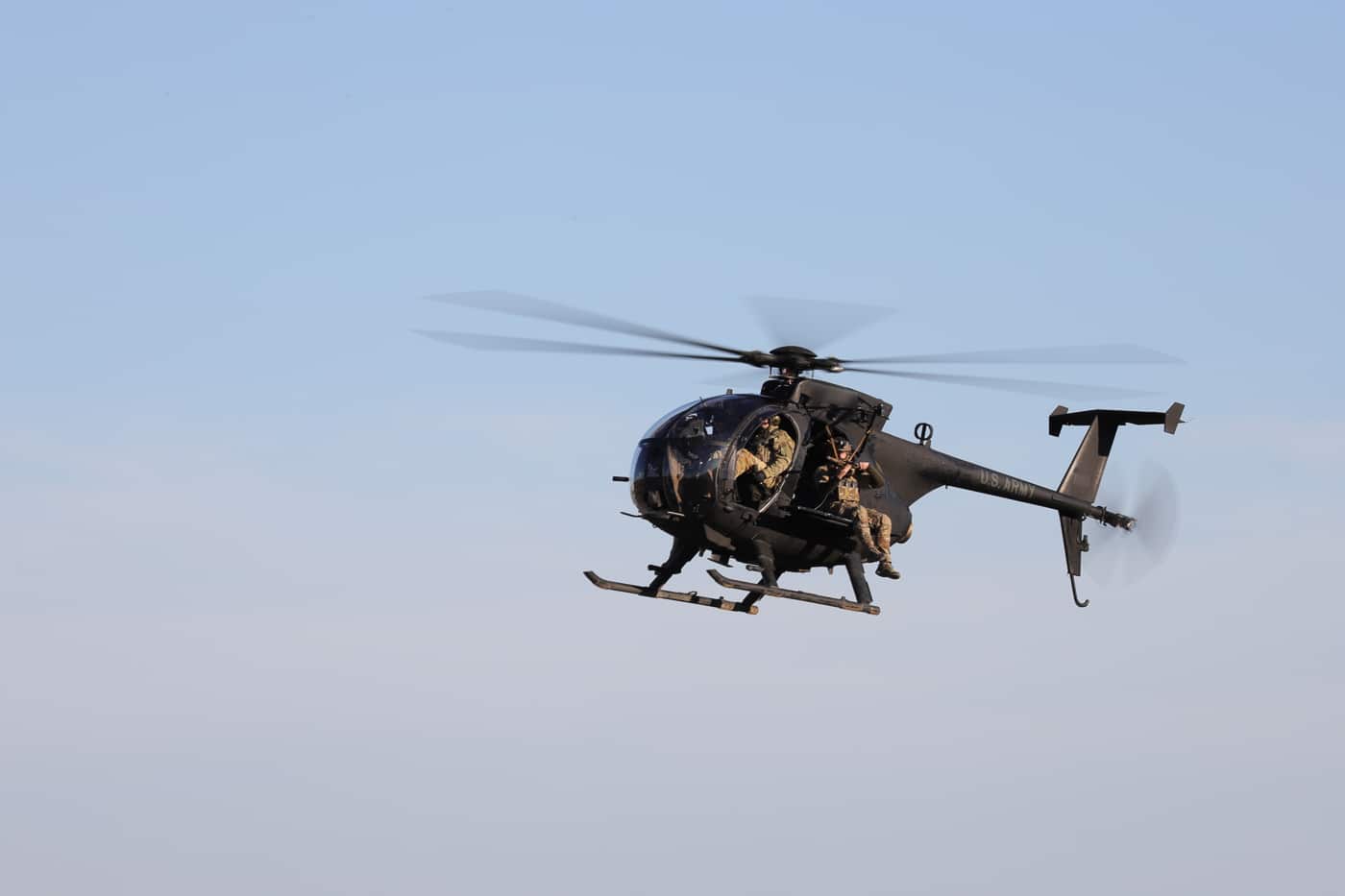
The Night Stalkers, officially known as the 160th Special Operations Aviation Regiment (Airborne), were created in April 1980, out of the ashes of the disaster at Desert One, the failed attempt to rescue American hostages held in Tehran after the Shah of Iran was overthrown.
President Carter ordered Chief of Naval Operations Admiral James Holloway to devise a plan for a successful second attempt at rescue.
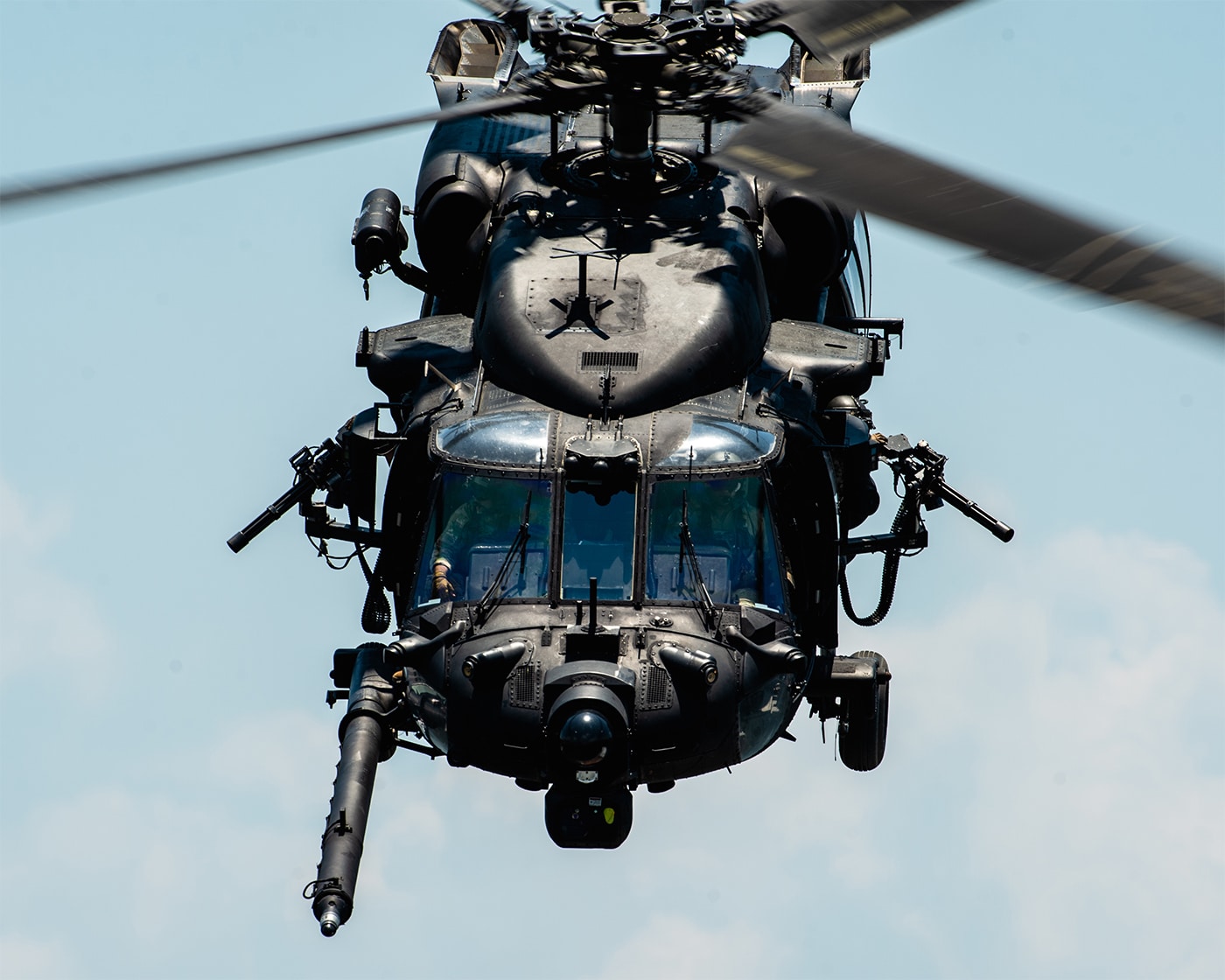
Holloway looked to the U.S. Army for pilots and personnel to be trained in short-notice Special Operations Missions. The Army looked to the 101st Aviation group of the 101st Airborne Division Air Assault at Fort Campbell, Kentucky, since they had the most experience in helicopter operations. Personnel from several 101st battalions were selected, but since the majority came from the 158th Aviation Battalion, the new unit was dubbed Task Force 158. Training began for the unit, with CH-47s and UH-60 Blackhawks. The OH-6 Cayuse from the days of Vietnam was resurrected and conducted training in a secluded part of the base.
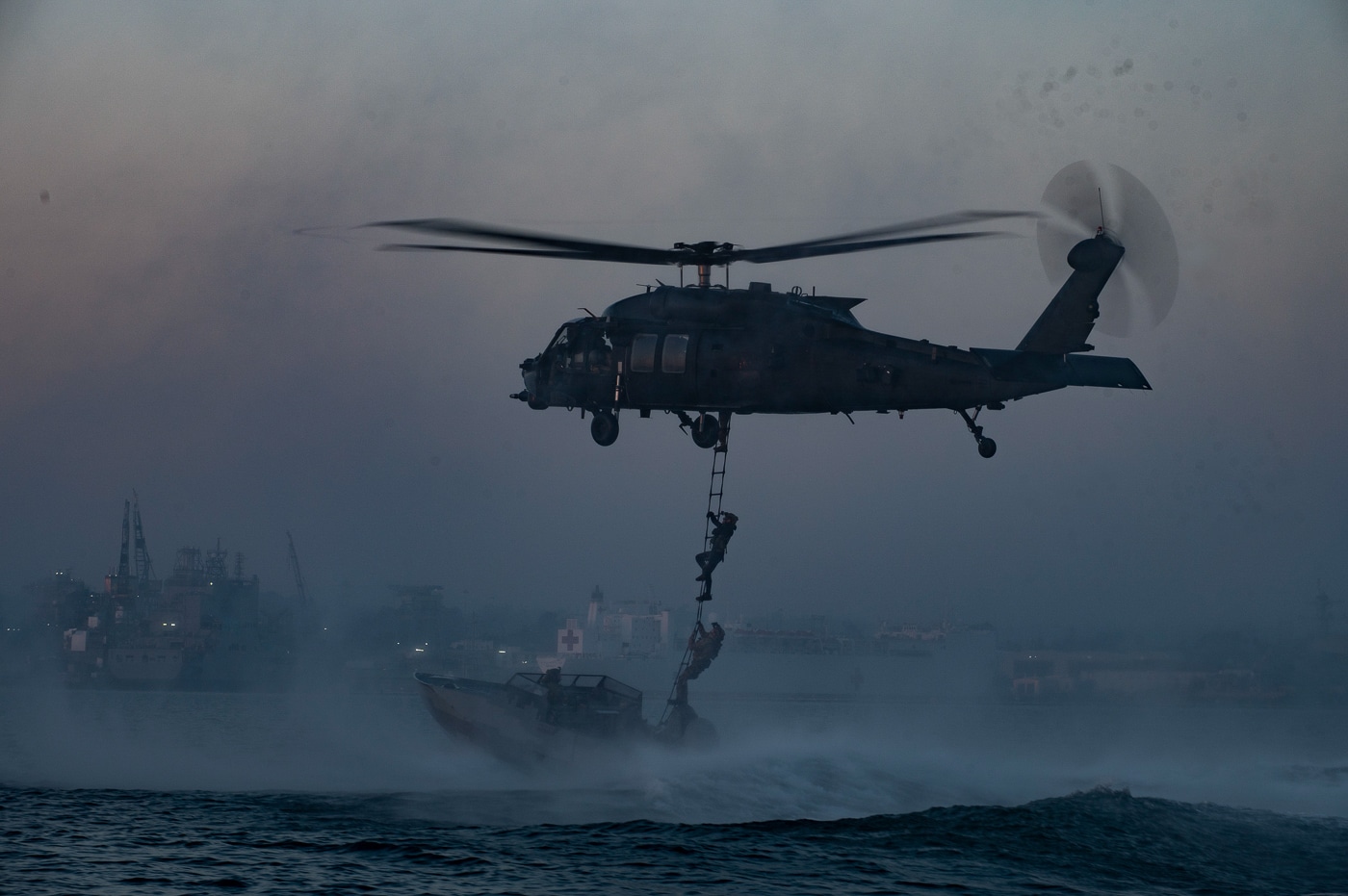
After the first class completed their training in the fall of 1980, a second rescue operation, dubbed “Honey Badger,” was scheduled for early 1981, but was called off at the last minute when the Iranians released the hostages on the morning of President Ronald Reagan’s inauguration.
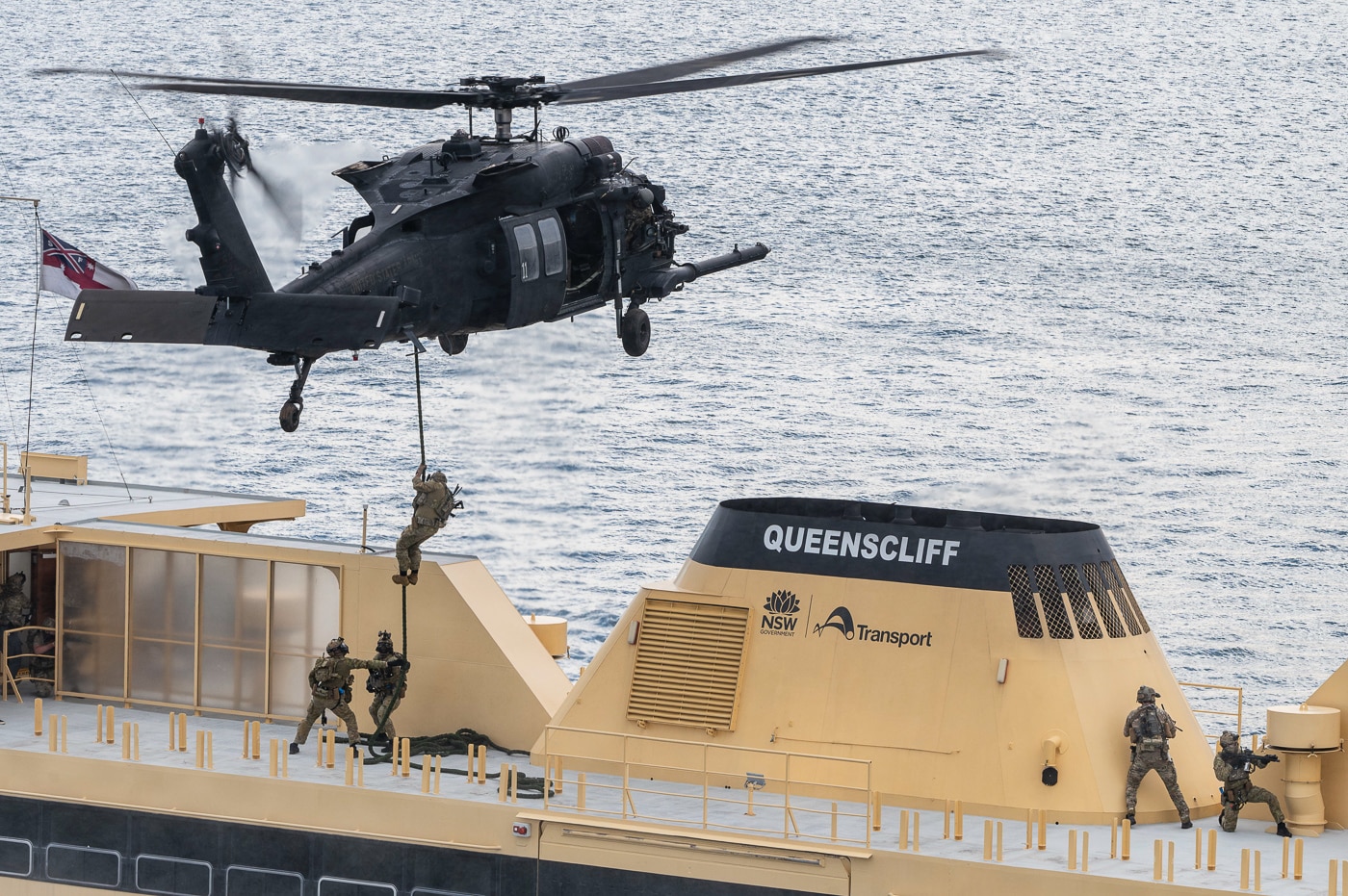
Task Force 158 was recognized as the premier Army Aviation unit, and their special training was not going to be wasted. On October 16, 1981, the Task Force was transferred into a separate unit from the 101st and was redesignated as the 160th Aviation Battalion. The original class of Night Stalkers called it “The Day the Eagles Came Off.”
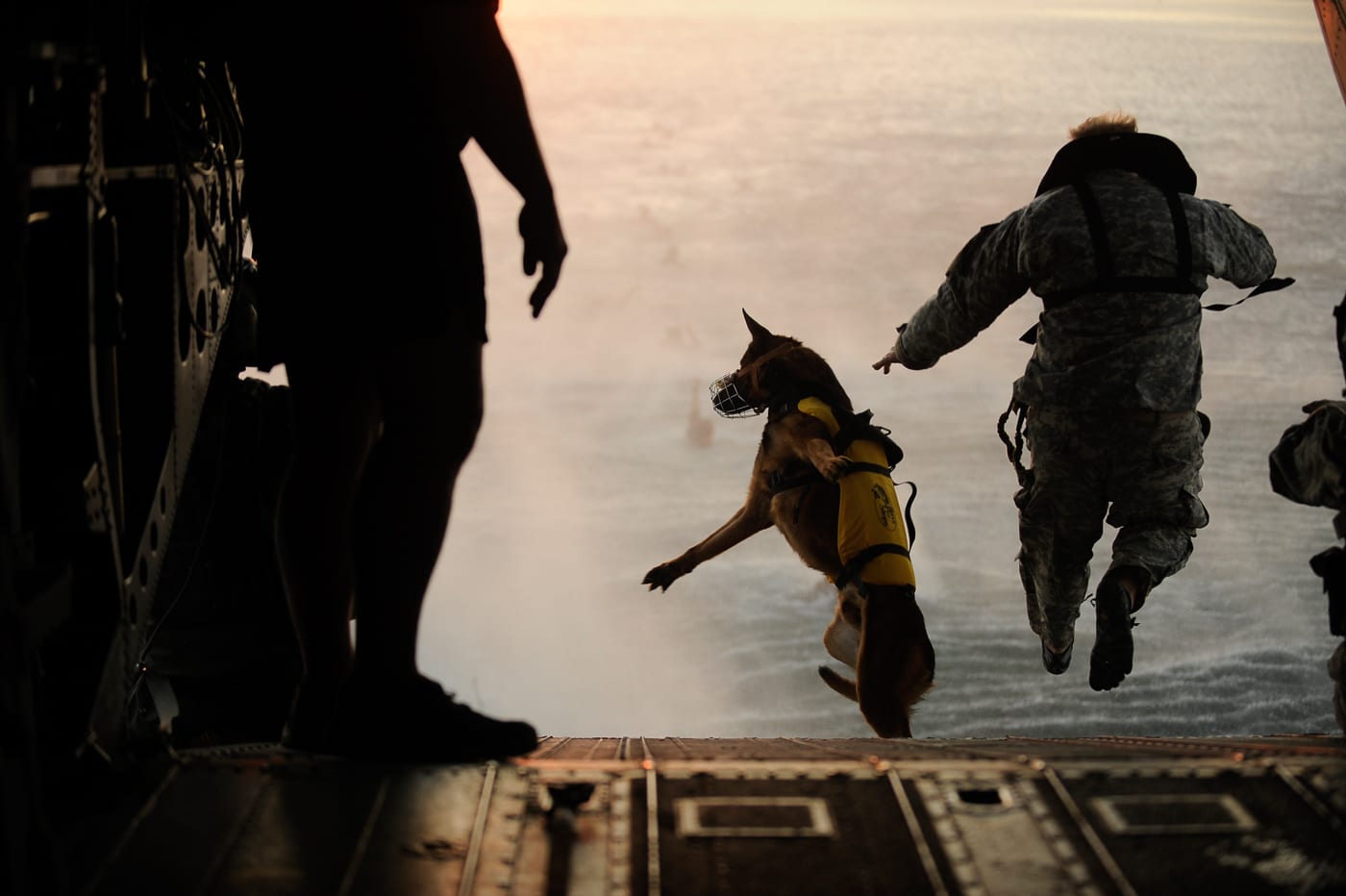
There were several unit name changes over the years, and in May 1990, the unit was redesignated the 160th Special Operations Aviation Regiment (Airborne).
Recruitment & Training for 160th SOAR
Recruitment for the 160th comes from volunteers throughout the Army, as well as selections made by the U.S. Army Human Resources Command based on the unit’s required MOS’s. There are positions available for Enlisted, Warrant, and Officers in certain MOSs.
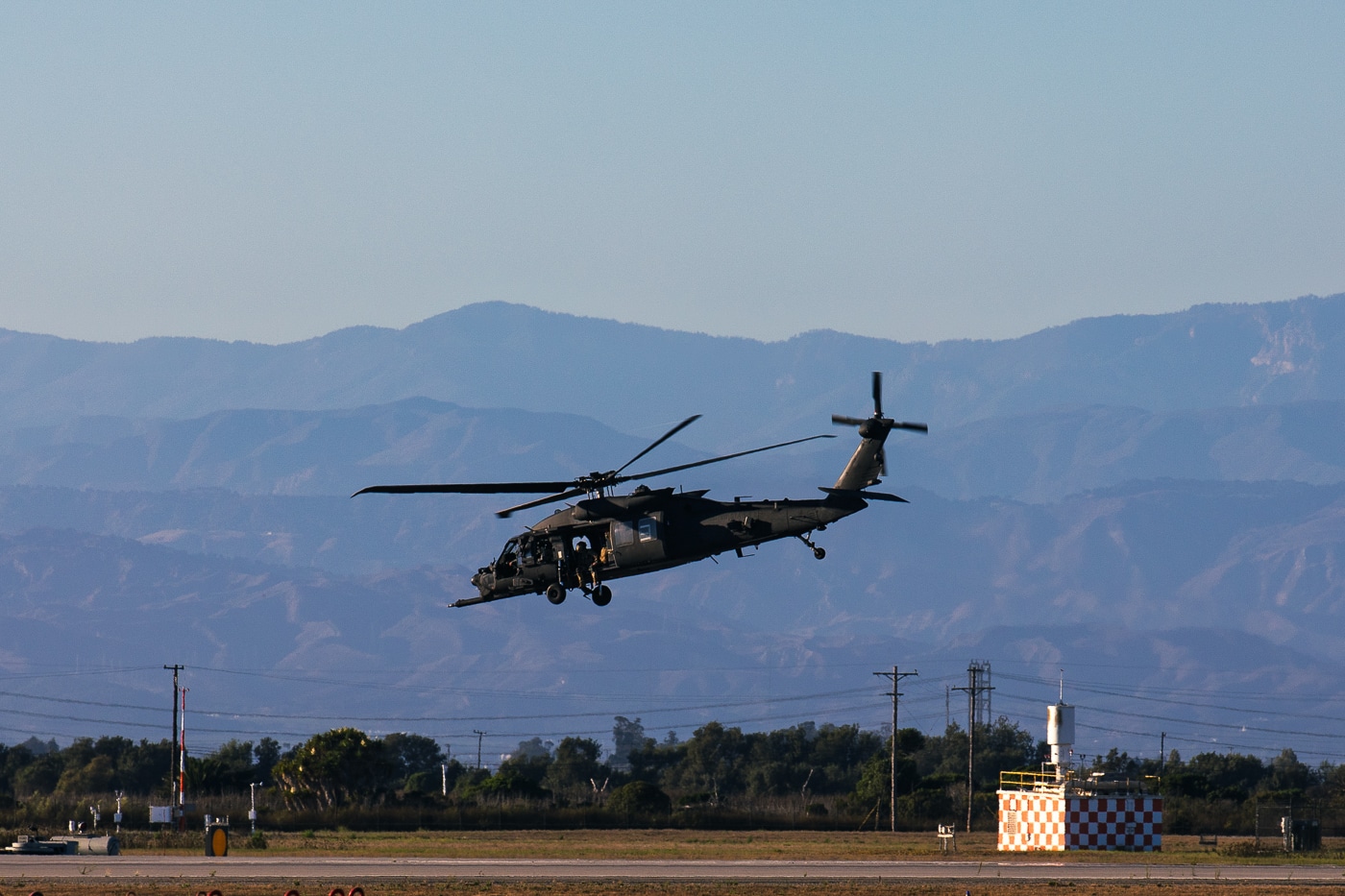
The training to become a member of the 160th is intense, to put it mildly. A recruit arrives and is assigned to the Green Platoon, where they receive intensive training in areas such as first responder, teamwork, combatives, land navigation, and weapons. Weapons training includes thousands of rounds of practice with the M4 rifle, M9 9mm, M17 9mm, and the Kalashnikov AK-47 & AK-74.
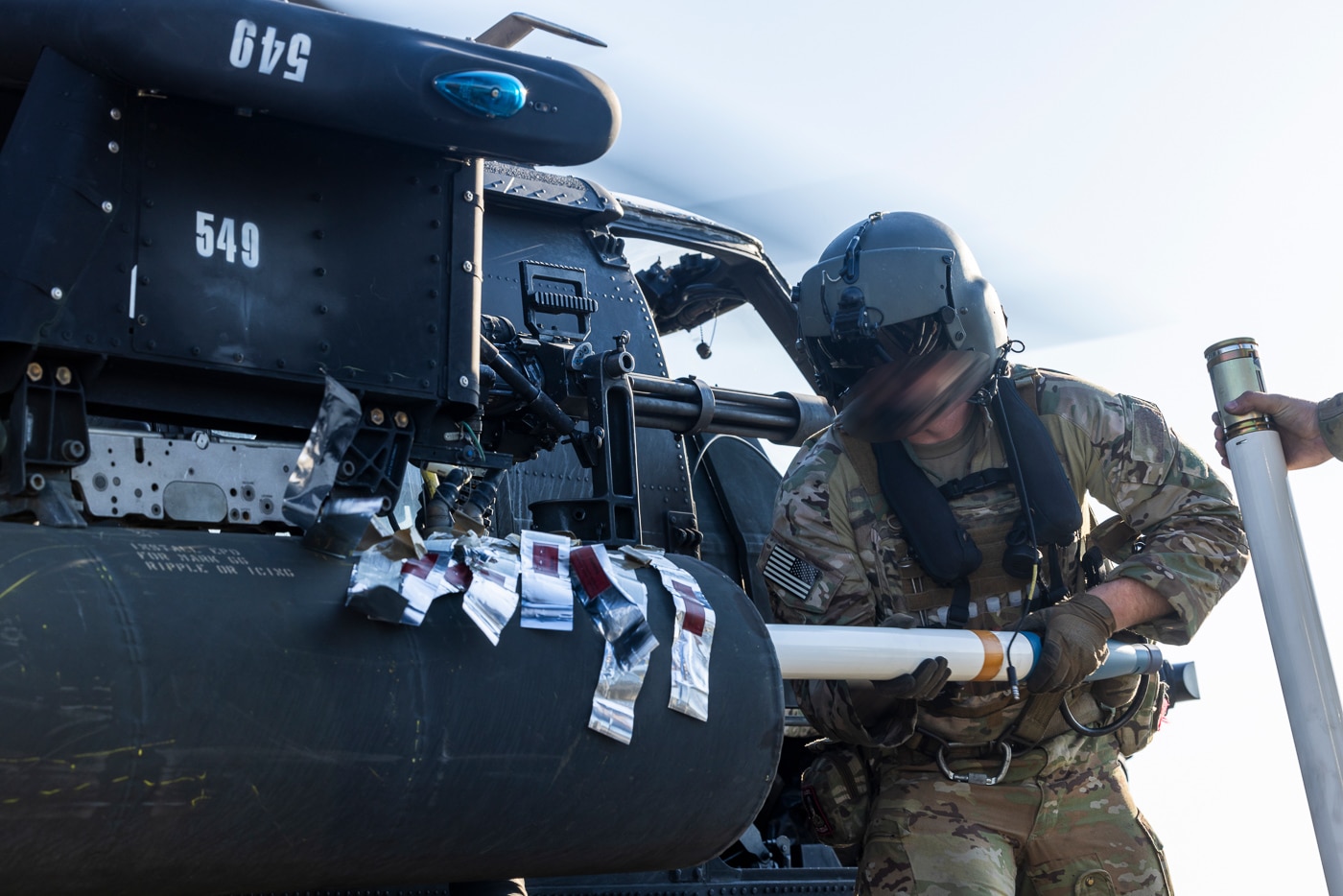
The Green Platoon is used to weed out any substandard soldiers who do not have what it takes to be a Night Stalker. Any soldier who passes this course proceeds to the Basic Night Stalker Course.
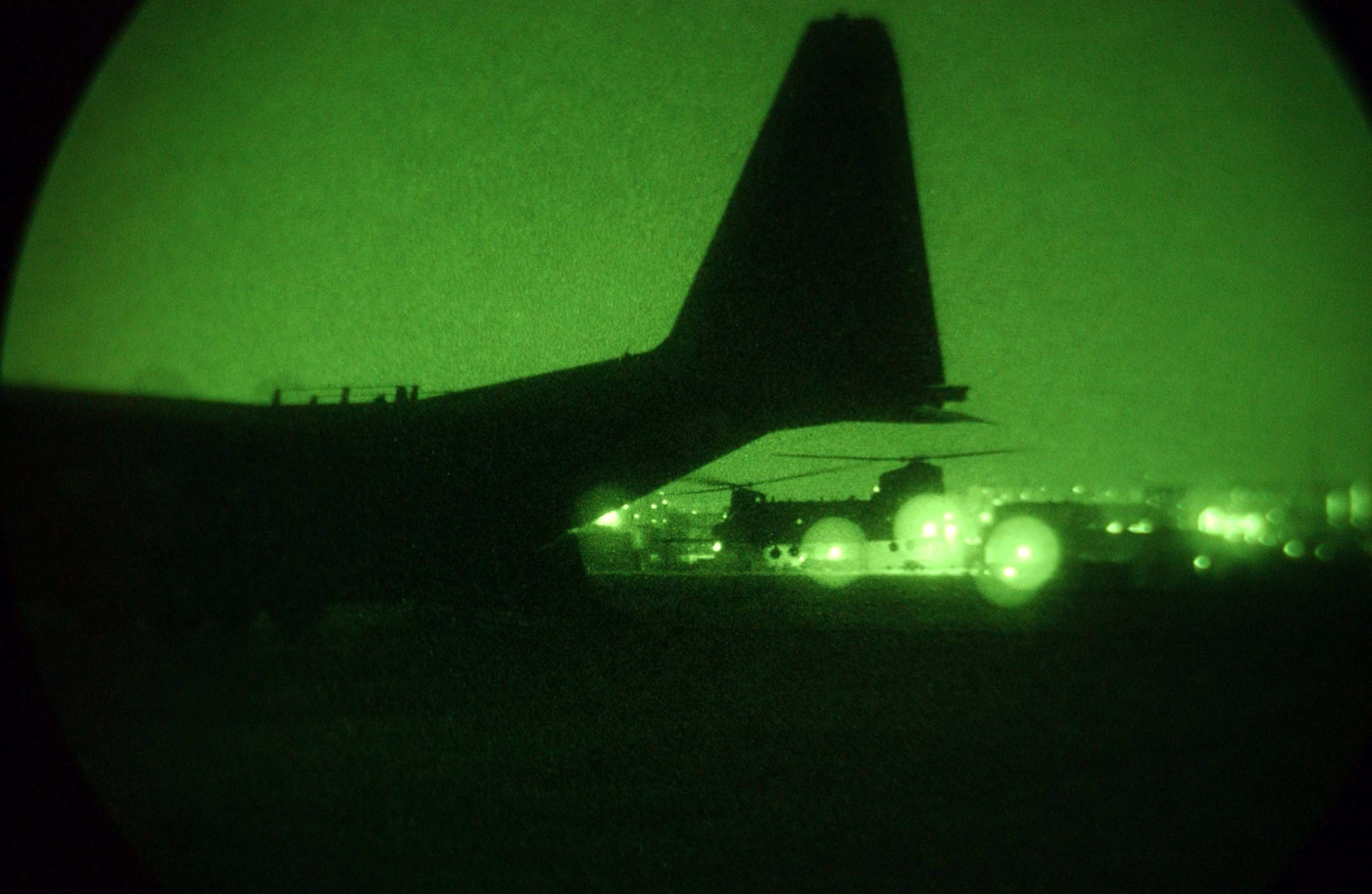
Pilots arrive as Basic Mission Qualified. After passing a series of skills tests on leadership, experience, and oral review boards, a process that can take up to three years, the pilot is designated fully mission-qualified.
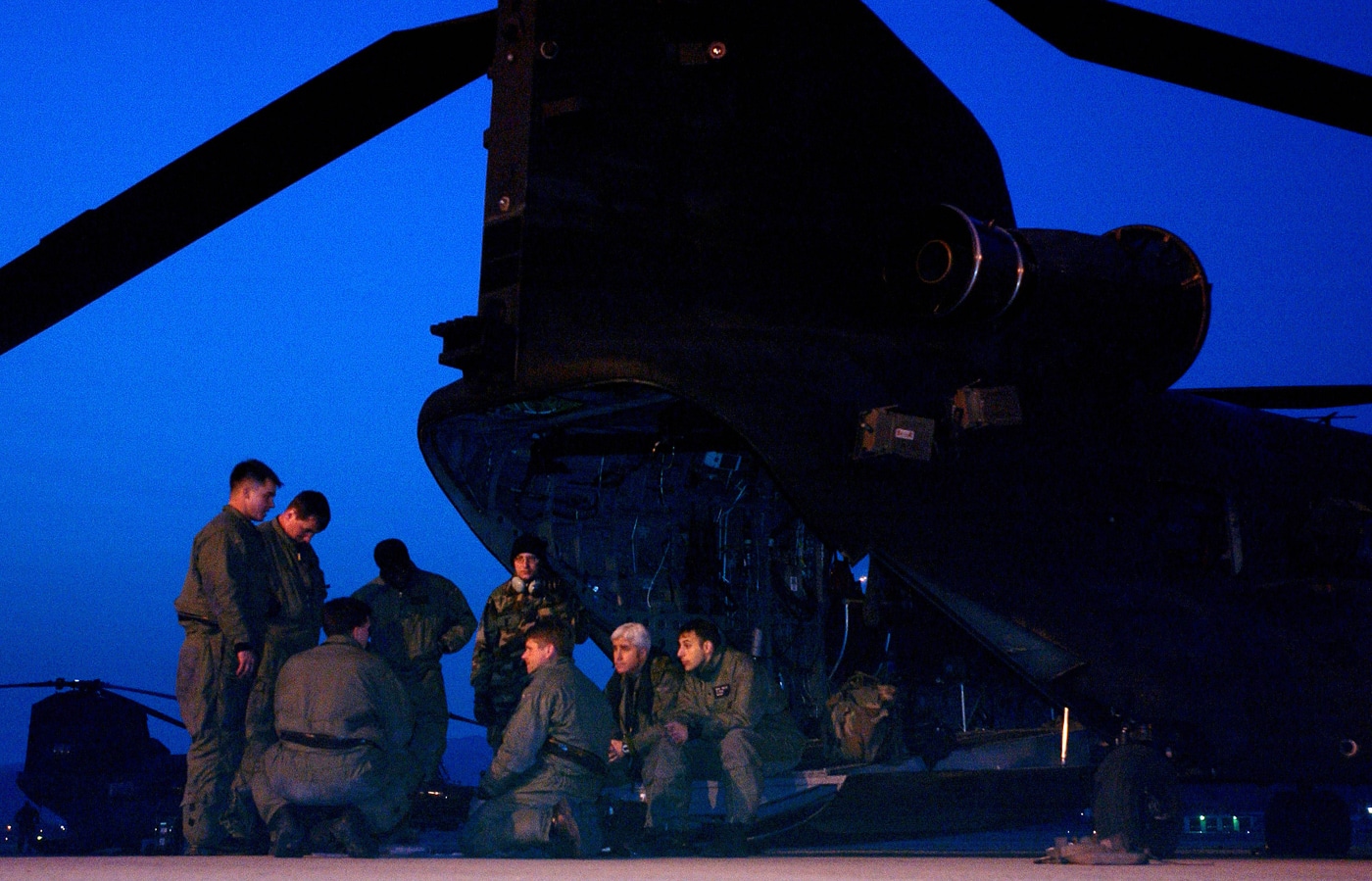
A Night Stalker flight medic can be qualified as a special operations combat medic after completing a 36-week combat medic course at Ft Bragg, North Carolina.
The Night Stalkers Creed
“I pledge to maintain my body, mind, and equipment in a constant state of readiness, for I am a member of the fastest deployable task force in the world, ready to move at a moment’s notice anytime, anywhere, arriving time on target plus or minus 30 seconds.”
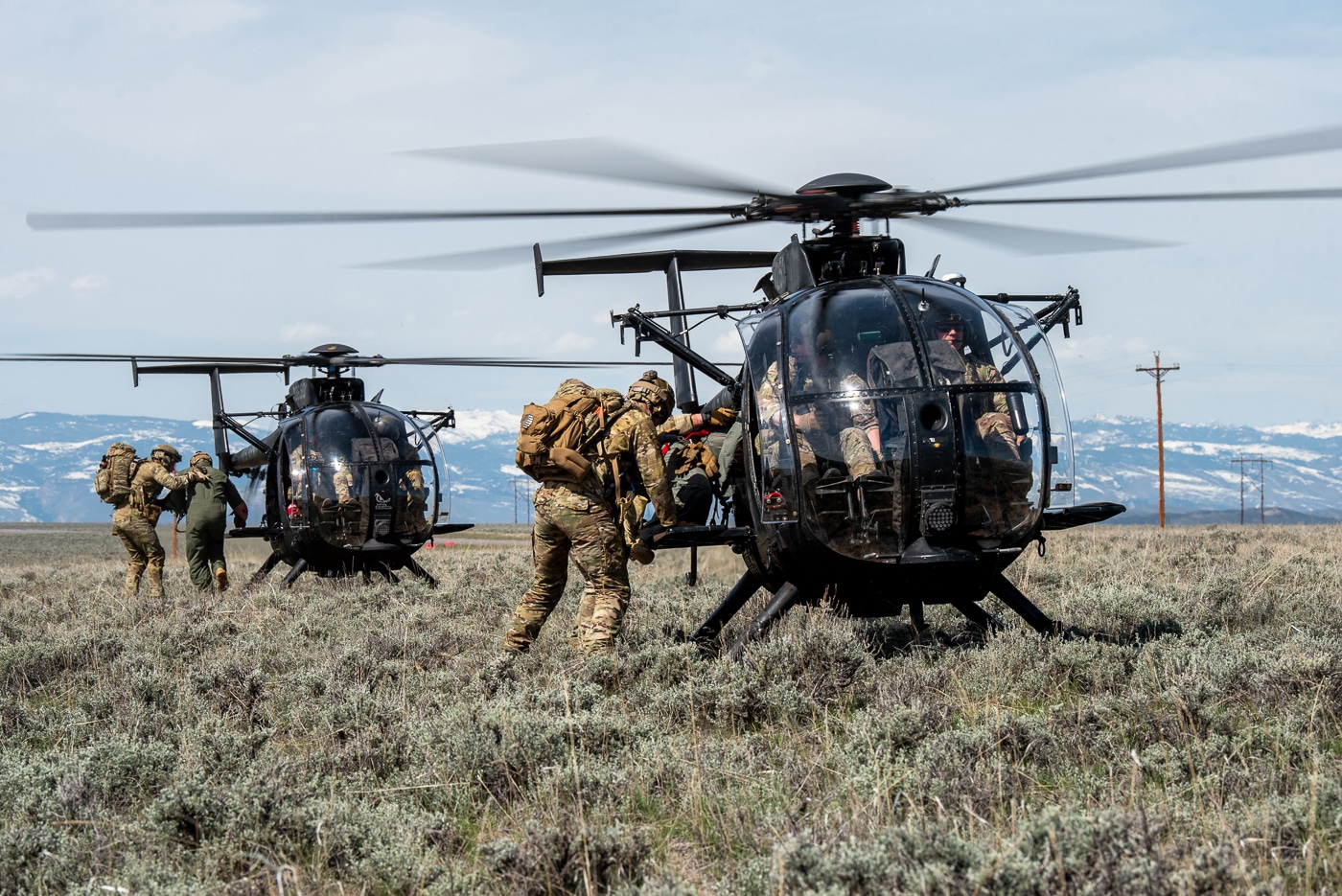
“Night Stalkers Don’t Quit”
The 160th became known as the “Night Stalkers” because they pioneered the Army’s nighttime flying techniques, giving it the capability to strike undetected in the darkness. They continue to develop new technology and tactics for the battlefield. In every major combat operation since Grenada, the 160th has demonstrated that they live by their motto, “Night Stalkers Don’t Quit.”
Aircraft
Boeing MH-47G Chinook: This ain’t your father’s Chinook. The CH-47 Chinook, which took its first flight in 1961, has been involved with every conflict since then. It’s a tandem rotor heavy lift helicopter designed initially for troop and cargo transport. It has been heavily modified over the years for the 160th SOAR.
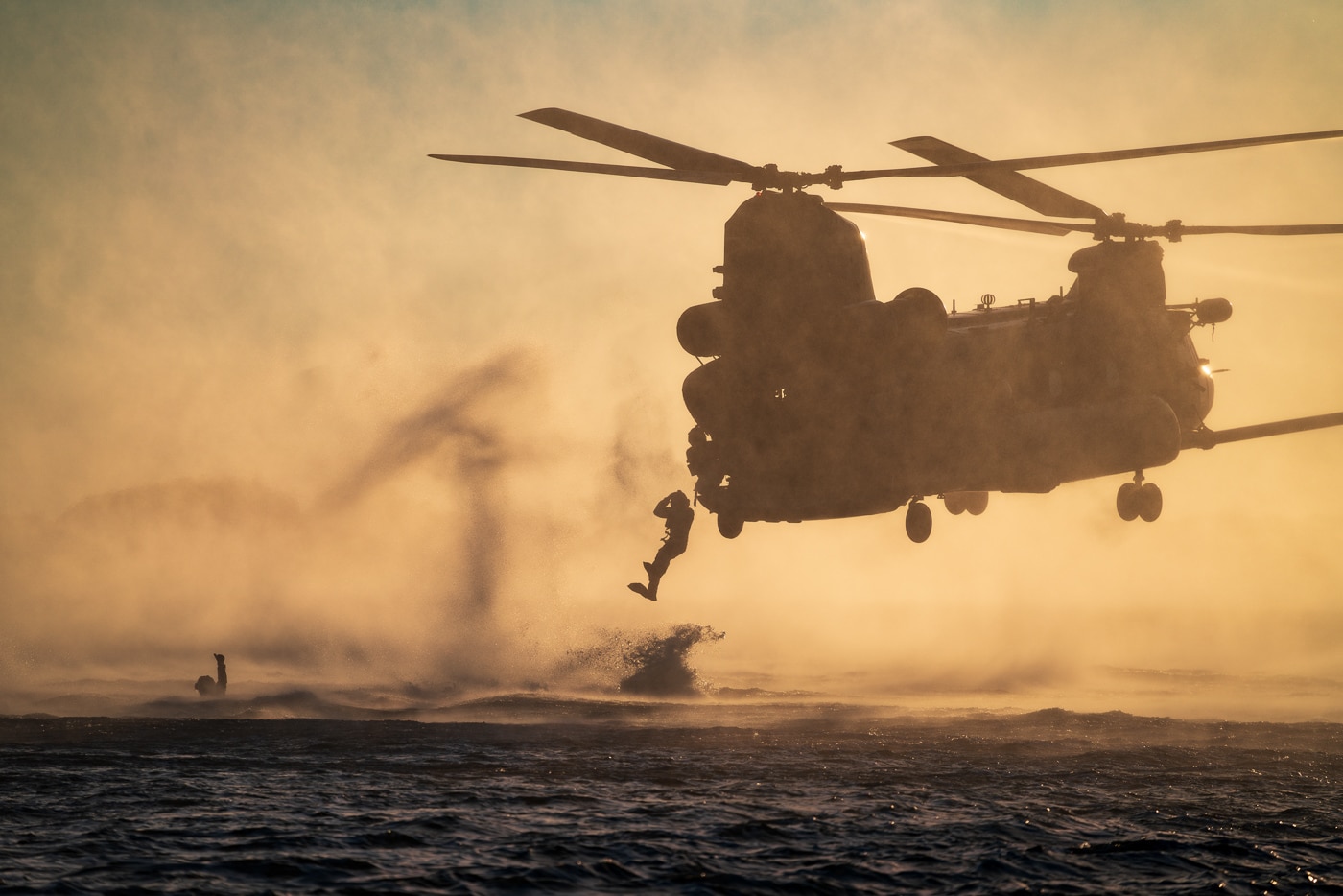
Sikorsky MH-60L/M: The L model is a Direct Action Penetrator version of the Black Hawk that’s been configured as a helicopter gunship and used exclusively by the 160th SOAR. Most are equipped with twin M-134D Miniguns.
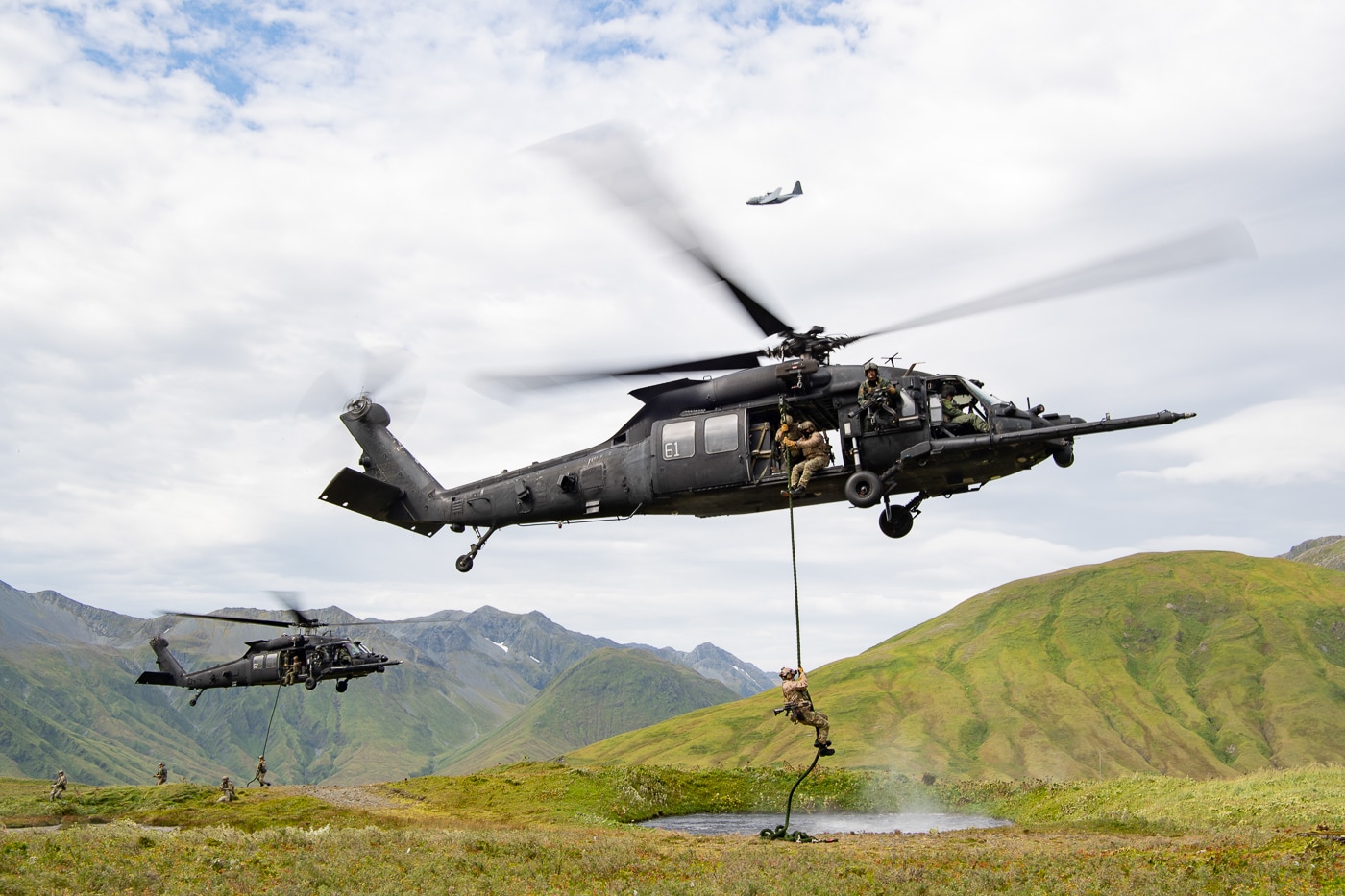
McDonnell Douglas MH-6: This helicopter dates back to the OH-6 Cayuse, which was used during the Vietnam War. Now highly modified for the Night Stalker Mission
General Atomics MQ-1C Surveillance Drone: This drone is the Eyes of the Night Stalkers, providing pre-operation intelligence as well as real-time surveillance.
SOAR Locations
The Night Stalkers are based in three different locations.
- 1st Battalion: Fort Campbell, Kentucky
- 2nd Battalion: Fort Campbell, Kentucky
- 3rd battalion: Hunter Army Airfield, Ga
- 4th Battalion: Joint Base Lewis-McChord, Washington
Publicly Known Night Stalker Operations
The 160th has participated in numerous operations from its inception. Here are just a few of them.
Operation Just Cause: 1989 marked the debut of the Night Stalkers, who spearheaded the operation to remove Dictator Manuel Noriega from Panama.
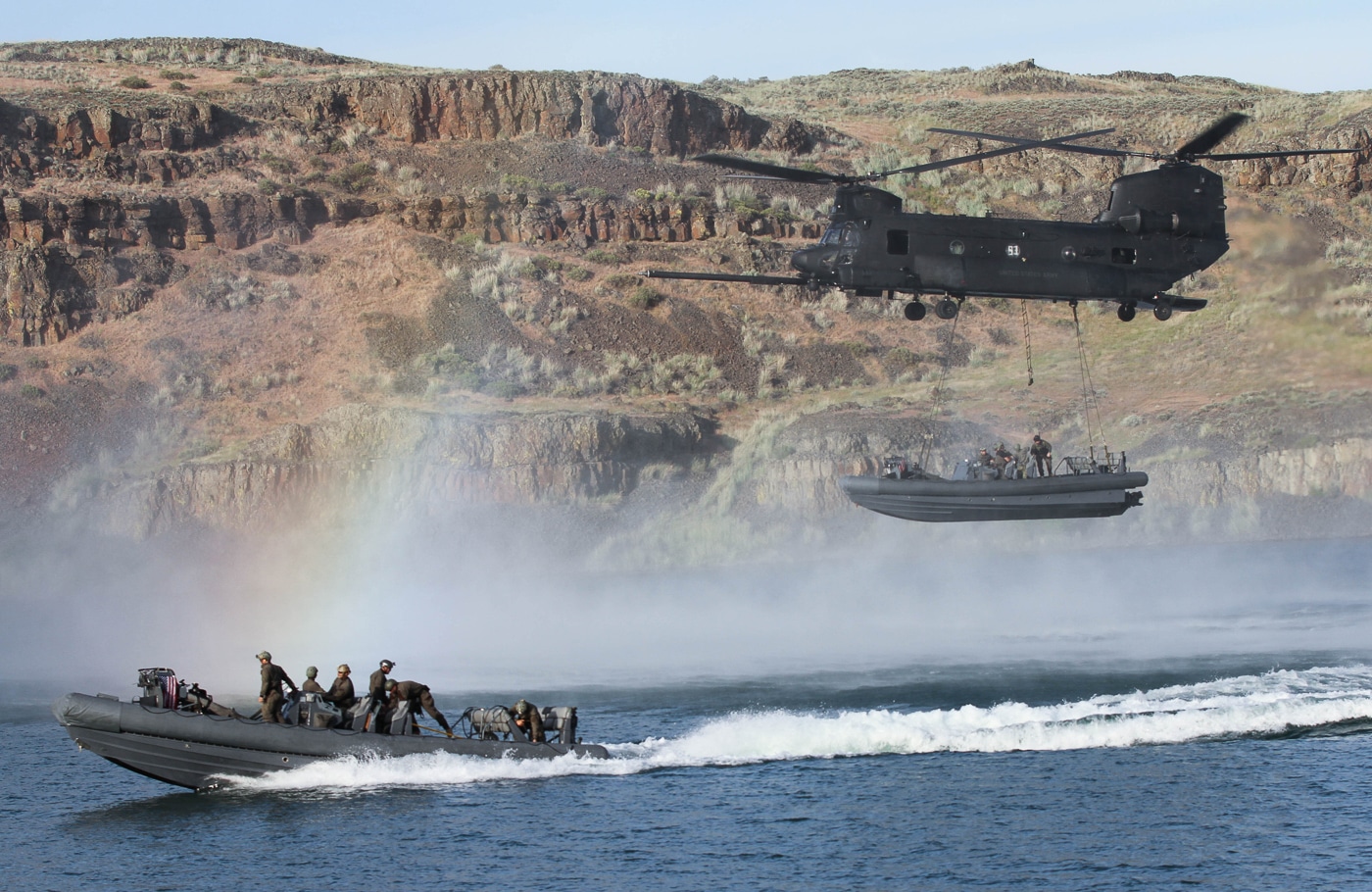
Desert Storm, Desert Shield, and the Global War on Terror: Beginning in 1991, the Night Stalkers have participated in hundreds of missions throughout the Middle East. In 2003, they took part in the rescue of PFC Jessica Lynch, who was taken prisoner during the Battle of Nasiriyah. Also in 2003, Saddam Hussein, who was captured in Operation Red Dawn, was exfiltrated to Baghdad International Airport by a SOAR MH-6 Little Bird and placed into custody.
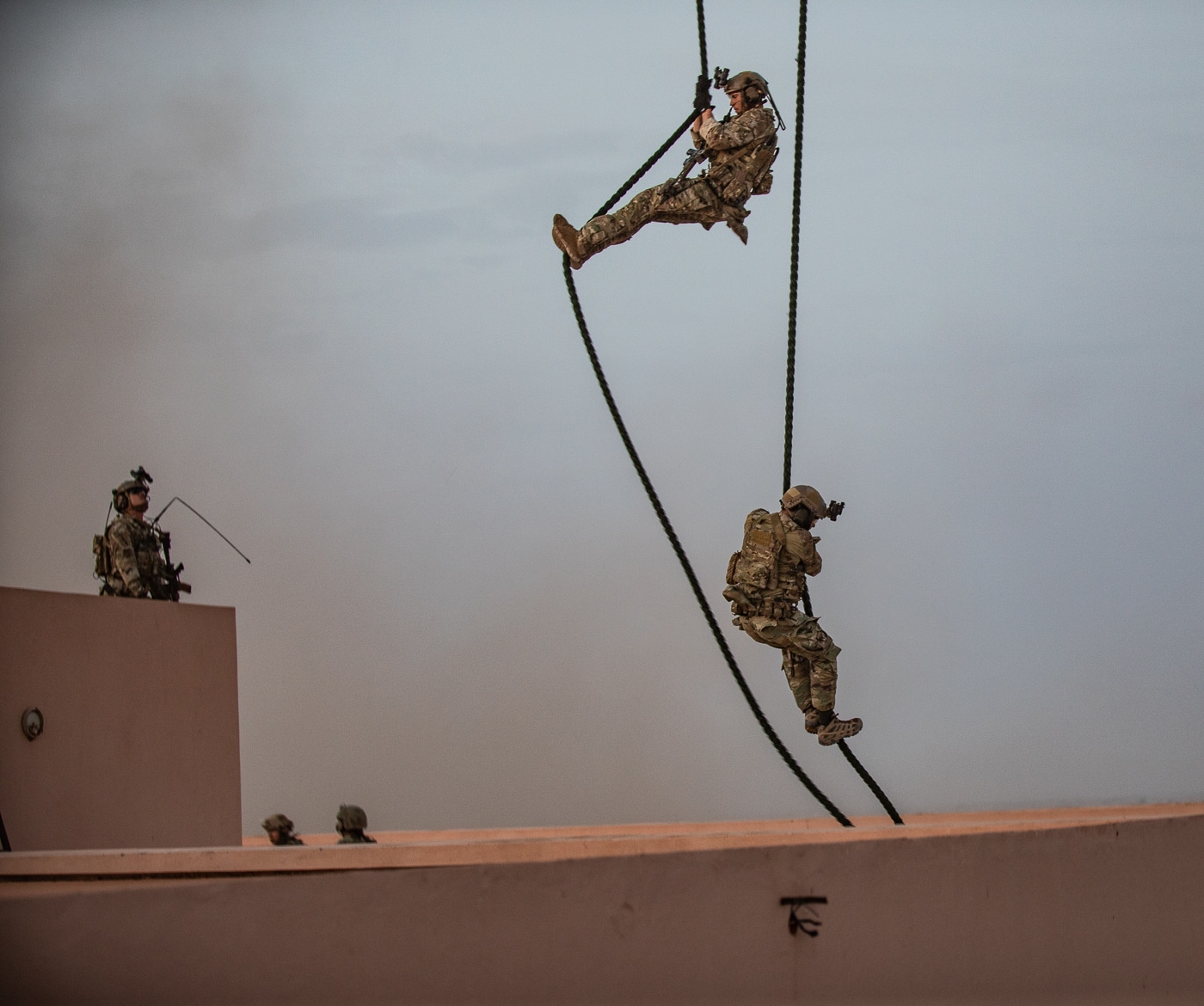
The Battle of Mogadishu: In October 1993, the 160th was tasked, along with U.S. Army Rangers and Delta Force operators, to participate in Operation Gothic Serpent. The result was the Battle of Mogadishu, which was the subject of a book and movie entitled Black Hawk Down. The Night Stalkers were stationed in Somalia, as part of Task Force Ranger, alongside a multinational group tasked with capturing Mohamed Farah Aidid, a local warlord who had declared himself President of Somalia.
On this day, the 160th was on a mission to capture two of Aidid’s top men. The Delta operators successfully captured Aidid’s henchman while air units were taking heavy fire. A Black Hawk, call sign Super Six-One, was hit by an RPG round and crashed. A ground-based rescue operation began. During the rescue mission, a second Black Hawk, Super Six-Four, was shot down a few blocks away.
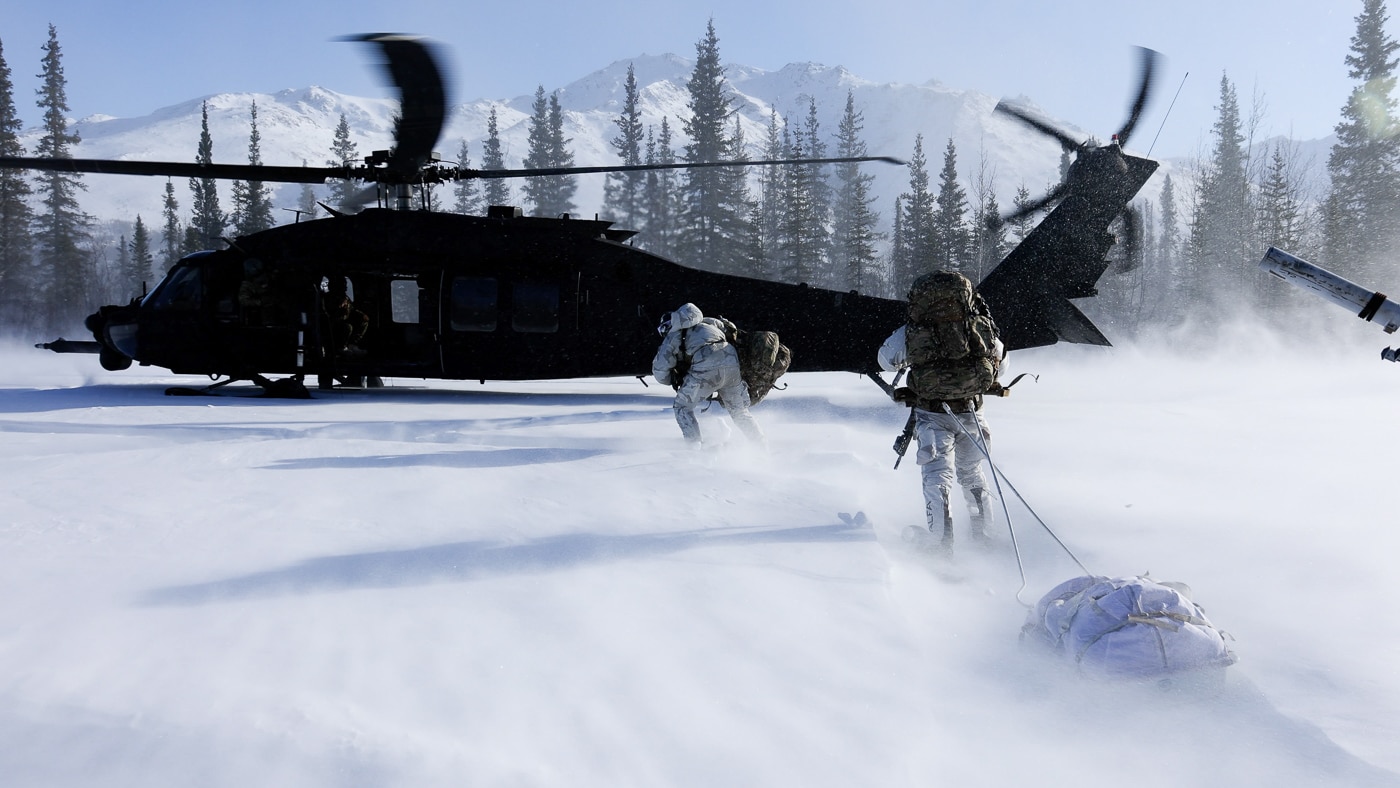
With resources stretched, D-Boys Randy Shughart and Gary Gordon volunteered to be inserted and provide security for the site, knowing the outcome was unlikely to be good. The pair arrived and found the pilot still alive. Despite their heroic efforts, the site was overrun, and they were killed. As the Night Stalkers leave the area due to fuel and ammunition shortages, they assured their brothers that they will return, and used their loudspeakers to repeat the motto, “Night Stalkers Don’t Quit.”
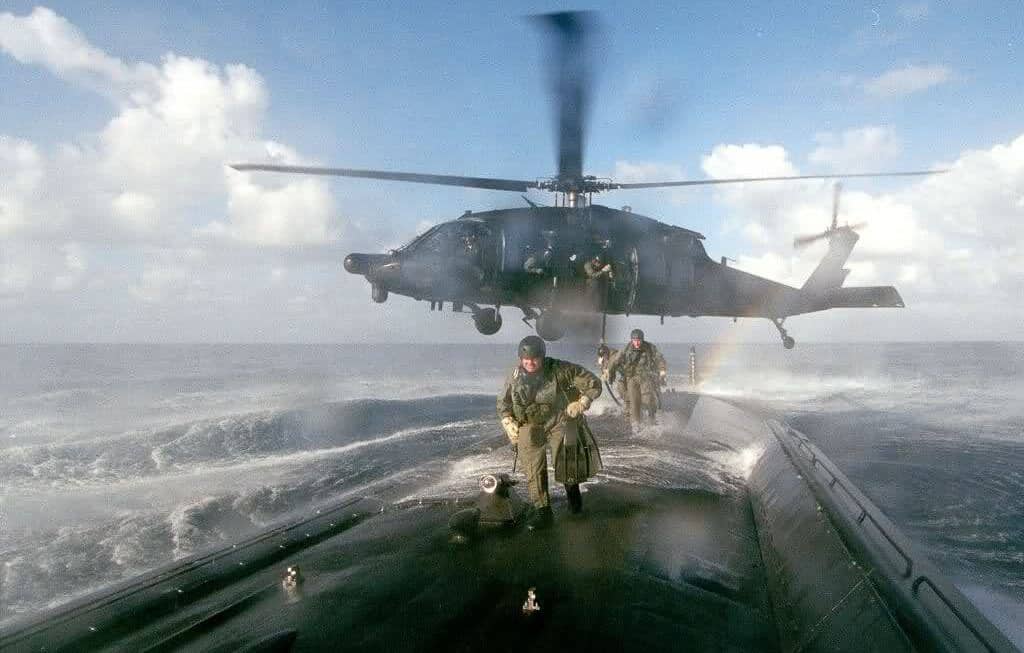
Of the 18 soldiers killed in the operation, five of them were from the 160th. Delta operators Shughart and Gordon were awarded the Medal of Honor posthumously, the first MOH recipients since the Vietnam War.
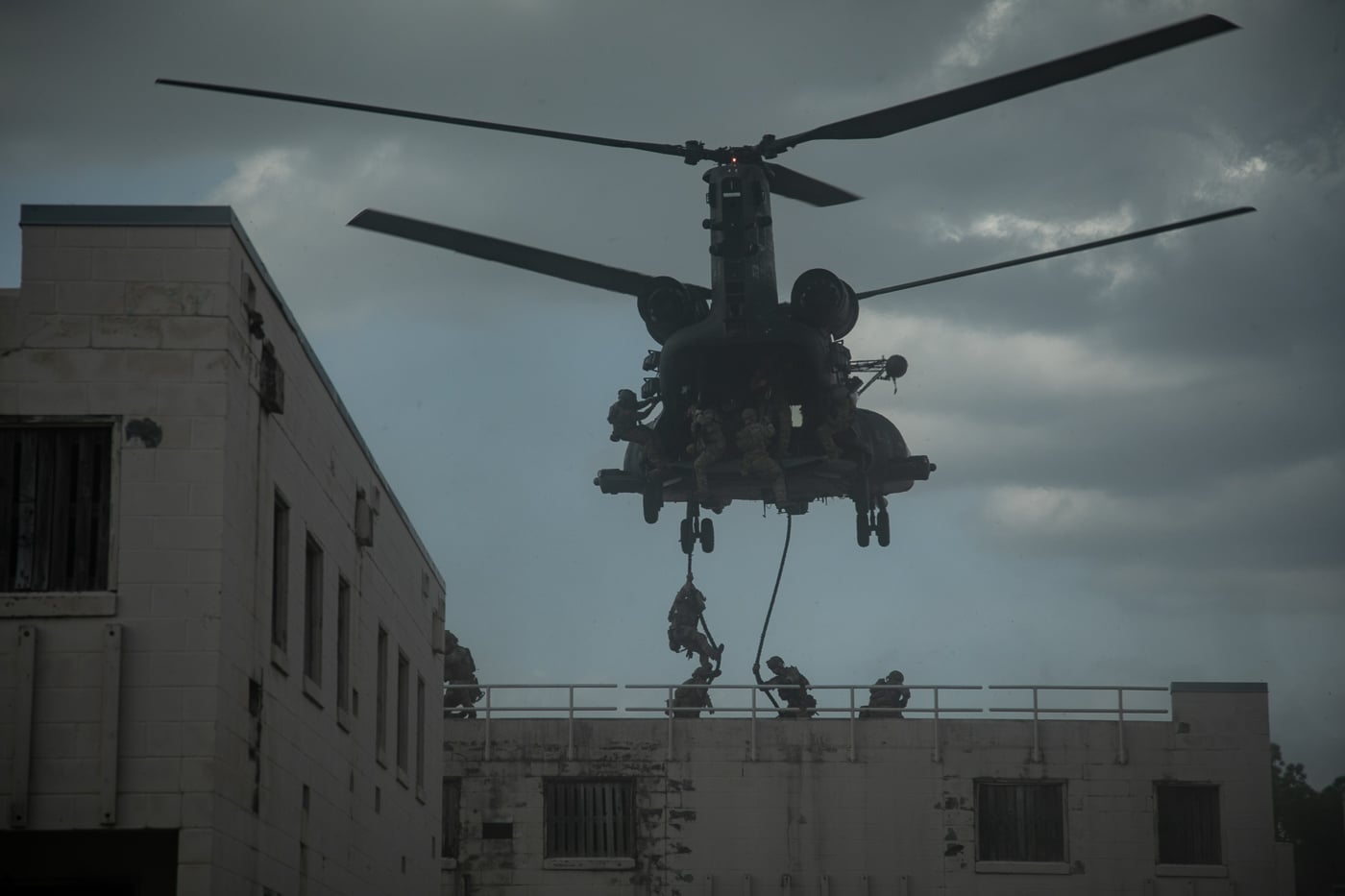
Operation Neptune Spear — The Hunt for Bin Laden: In May 2011, the 160th took part in a raid on the compound of Usama bin Laden. The Night Stalkers used a pair of specially modified stealth Black Hawk helicopters to insert Navy Seals on the target. Upon insertion, the tail rotor on one of the Black Hawks struck a compound wall and crashed. The SOAR crew was able to extract themselves from the wreckage and provide cover for the SEAL team. All personnel were able to exfiltrate in the second Black Hawk, making the mission a success despite the loss of the Black Hawk.
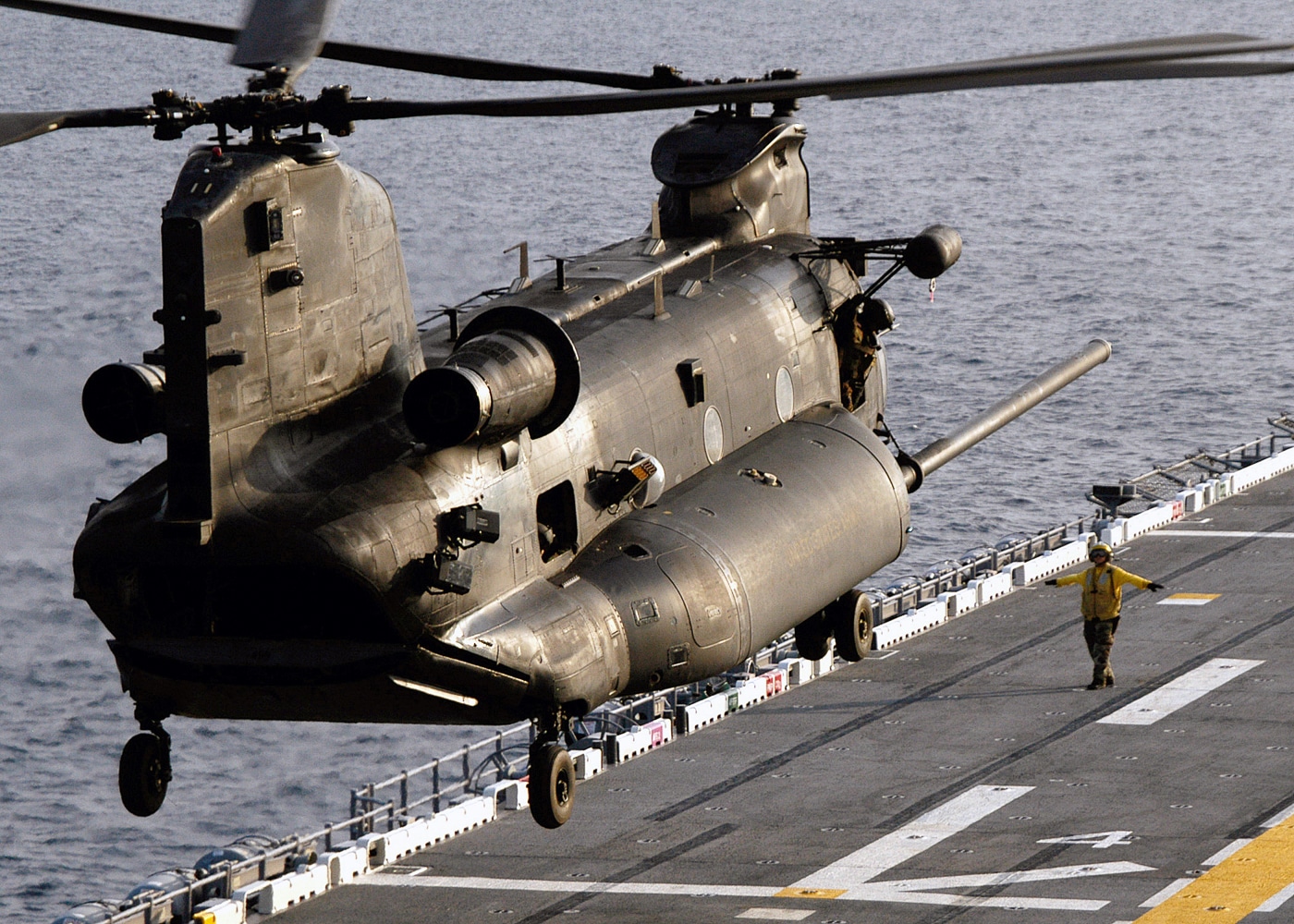
While not confirmed, it is rumored that the stealth model Black Hawk is challenging to fly due to the added technology, as helicopters are not stealthy to begin with.
Legacy of the Night Stalkers
From Grenada to the present, Night Stalkers have been involved in countless operations. Over the years, their constant push to improve has led to advancements in technology, enabling them to perform their mission more safely and efficiently. This technology carries over to regular units of all military branches and has undoubtedly saved many lives.
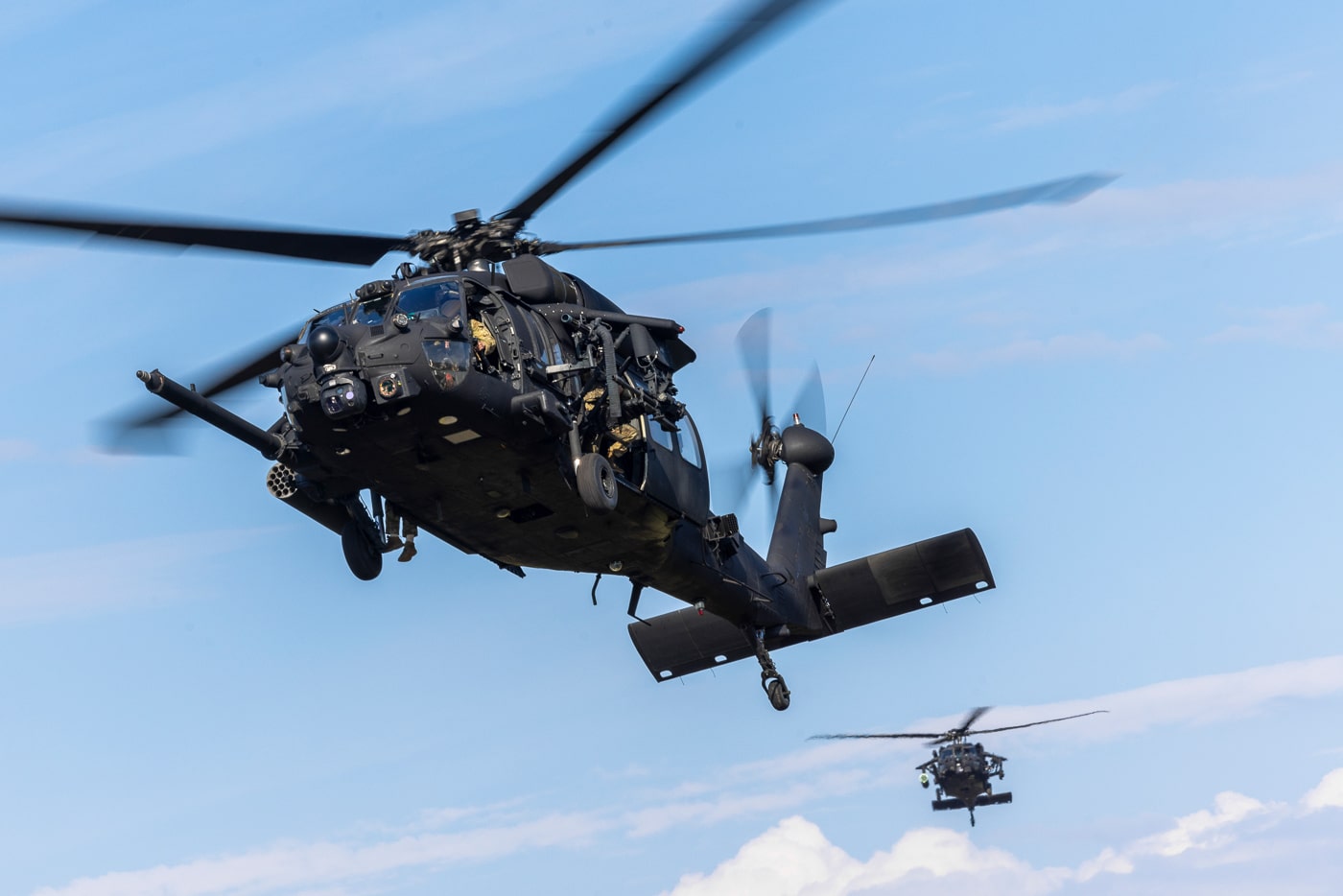
The Night Stalker Memorial Wall, located at Fort Campbell, Kentucky, lists the names of 94 Night Stalkers who have “Borne the Battle.” It serves as a poignant reminder of the high cost paid by these soldiers and their families in service to their country.
Editor’s Note: Please be sure to check out The Armory Life Forum, where you can comment about our daily articles, as well as just talk guns and gear. Click the “Go To Forum Thread” link below to jump in and discuss this article and much more!
Join the Discussion
Continue Reading
Did you enjoy this article?

 32
32






